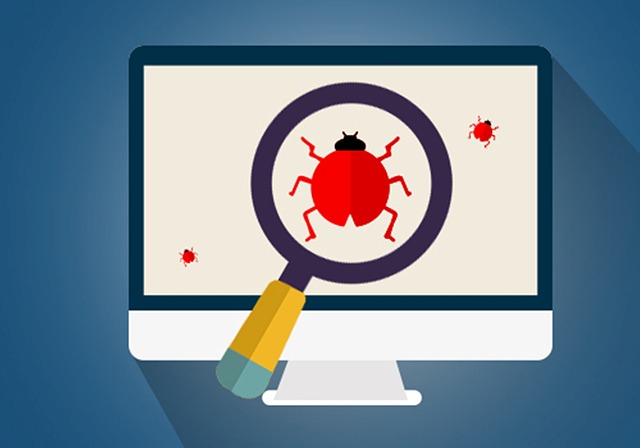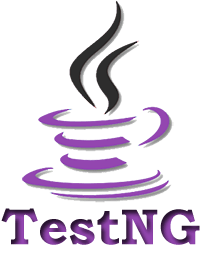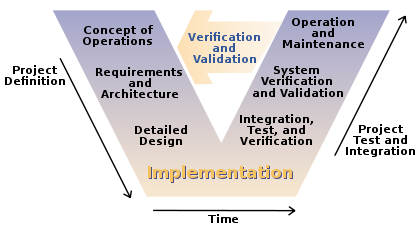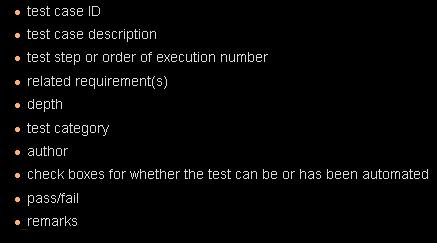A lot of people get confused when the words, ‘Agile’ and ‘Kanban’ are mentioned. While some have never heard those words all their lives, few seem to have, but do not quite understand the differences between the two. Well, this post will try and make some clarifications about them. Here is an overview about the difference between Agile Vs Kanban and it the use of Kanban with Agile in testing & development. Also refer the PDF version of this tutorial.
Agile is a deviation from the traditional way of management, which though has been embraced for a long time, actually slows software development and testing processes. Agile remains the future of software development. However, change is always taken with skepticism at first; so, a lot of people still find it difficult to embrace this modern technology.
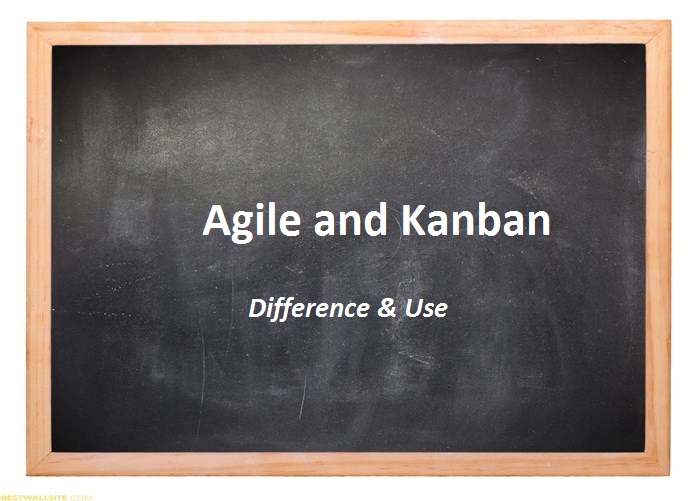
What exactly is Agile?
The Agile manifesto defines Agile as an idea supported by a set of values and beliefs. It identifies a target culture that is used to deliver software successfully. Agile is seen by some, as a family of processes.
Today, Agile software development teams are able to make things faster by matching the amount of work that is in progress to the capacity of the team. This makes it possible for teams to have more flexible planning options, a focus that is clearer, transparency, and faster output. The Agile practice has brought more success to software development teams. A proper understanding of how the basic things work helps software teams to commence practice with little or no overhead.
What is Kanban?
Kanban is a method applied in the management of knowledge work which creates a balance between the demand for work to be done and the capacity available for the new work to be started. It visualizes work items that are non-tangible in order to enable all participants to have a view of the individual items’ progress, and the process from when a task is defined to when it is delivered to the customer. Team members rather “pull” work based on their capacity, than “pushing” the work into the process when requested.
When it comes to using Kanban for software development, Kanban can be seen then, as a visual process-management system that assists in making decisions regarding what should be produced, when it should be produced, and how it should be produced. The method is more general because one can apply it to any professional service, where work outcome is intangible instead of being physical. The method was started by Toyota in the late 1940s, as they sought to optimize their engineering processes.
Where Agile and Kanban Fuse
Agile teams, today adopt Kanban as one of their most popular software development methodologies. Agile adopts Kanban because of the numerous advantages that Kanban presents in planning tasks and in helping the team to properly execute them.
Some of the advantages that Kanban offers the Agile team include Planning flexibility, Reduced bottlenecks, Continuous delivery, Shortened cycle times, and Visual metrics. All these will help make software development and delivery effortless.
Conclusion
Agile is a system put in place to facilitate fast product delivery, ensuring that quality is not compromised. But adding Kanban to Agile makes it even more effective. If you have not tried these software development processes, it is time to do so and see how much differences they offer.


